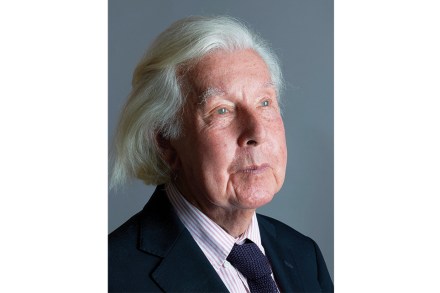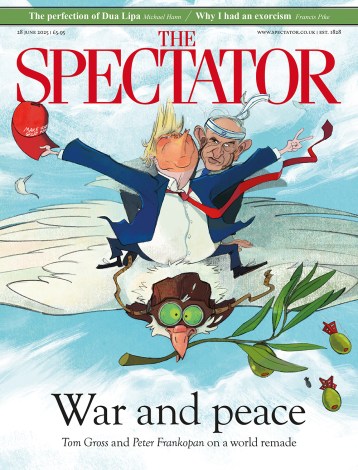The many passions of Ronald Blythe
In Regency Britain, balls were often timed to coincide with full moons. Provided there was no cloud cover, moonlight made it safer to send out carriages. When Ronald Blythe accepted social invitations, he also took the lunar calendar into account – because a full moon was ‘best for a merry bicyclist wheeling homeward along unlit and potholed lanes’. This vignette captures much of Blythe’s magic. He was born in Suffolk in 1922 and his life and his writing became vessels for centuries of rural wisdom. With his death last year, that link to the distant rhythms of the English countryside was lost, but Ian Collins’s biography attempts to preserve the





